Mayon Volcano
Situation Report No. 3
31 January 2018

Situation Overview
- Jan. 13, 2018 – PHIVOLCS raised Alert Level 1 (abnormal) when Mayon Volcano generated a steam-driven explosion (eruptions caused by groundwater flashing to steam as it is heated by magma), producing high grayish ash plume.
- Jan. 14, 2018 – Alert level is raised to No. 2 (increasing unrest) and later to No. 3 (increased tendency towards hazardous eruption) when the volcano exhibited high unrest and magma was at the crater. DOST-PHIVOLCS warned that a hazardous eruption was possible within weeks or days.
- Preparation for evacuation was advised to barangays within the 6-kilometer Permanent Danger Zone (PDZ).
- Jan. 15-21, 2018 – Continuous lava collapse events, episodes of tremor, rockfall events, pyroclastic density currents (flows of searing hot gas, ash and rocks) and ash clouds were recorded. Alert Level 3 remained in effect.
- Jan. 16, 2018 – ThroughResolution No. 00670-2018, the province of Albay, Region V was declared under a State of Calamity.
- Jan. 22, 2018 – PHIVOLCS raised Alert Level No. 4 (hazardous eruption imminent) as lava fountains as high as 200m-500m and more voluminous lava flow were observed. The Danger Zone is extended to 8-kilometer radius. Volcanic ash posed threat to aircrafts flying close to the volcano’s summit.
- Jan. 23, 2018 – Mayon’s seismic monitoring network recorded two explosion-type earthquakes corresponding to five-kilometer vertical column eruptions, 15 tremor events some of which corresponded to lava fountains as high as 500m to 700m, 35 rockfall events and two pyroclastic density currents.
- Lava flows from the summit crater advanced to three kilometres from the Miisi Gully and 200 meters from the Bonga-Buyuan Gully. An average of 992 tonnes/day sulphur dioxide emission was measured.
- The danger zone around Mayon was expanded to 9km as part of precautionary measures.
- Jan. 24-30, 2018 – Mayon continued hurling red-hot lava, and ash plumes as high as 2,500m (up to 3,000m recorded on Jan. 24) into the sky accompanied by hot ash, lava and rocks rolling down its flanksand with rumbling sound. Lava fountainings were recorded as high as 500m on Jan. 24 and 300m on Jan. 25, 2018. Alert Level 4 remains in effect.
- Jan. 27, 2018 – PHIVOLCS confirmedlahar flow between the Anuling and Miisi channels due to continuous rain in the province of Albay. It warned Albay residents for possible lahar flow due to bad weather.
- Jan. 30, 2018 – Mayon’s seismic monitoring network recorded 298 volcanic earthquakes, four episodes of PDC generation from lava collapse and 52 rockfall events. Two eruptions hurling ash plumes as high as and 250m and 1,250m were recorded.
Effect on the population
- According to the Disaster Response Operations Monitoring and Information Center (DROMIC) of the DSWD-DReAMB, as of Jan. 31, 6am, the number of displaced population reached 23,250 families or 89,828 individuals.
- The PDRRMC of Legazpi reported 21,950 families or 84,415 individuals from three cities and six municipalities or 61 barangays (within the 6-8km danger zone) staying in 78 evacuation centers with a total of 1,035 rooms (average of 82 persons per room). Of these evacuees, 254 are pregnant and 797 are lactating mothers.
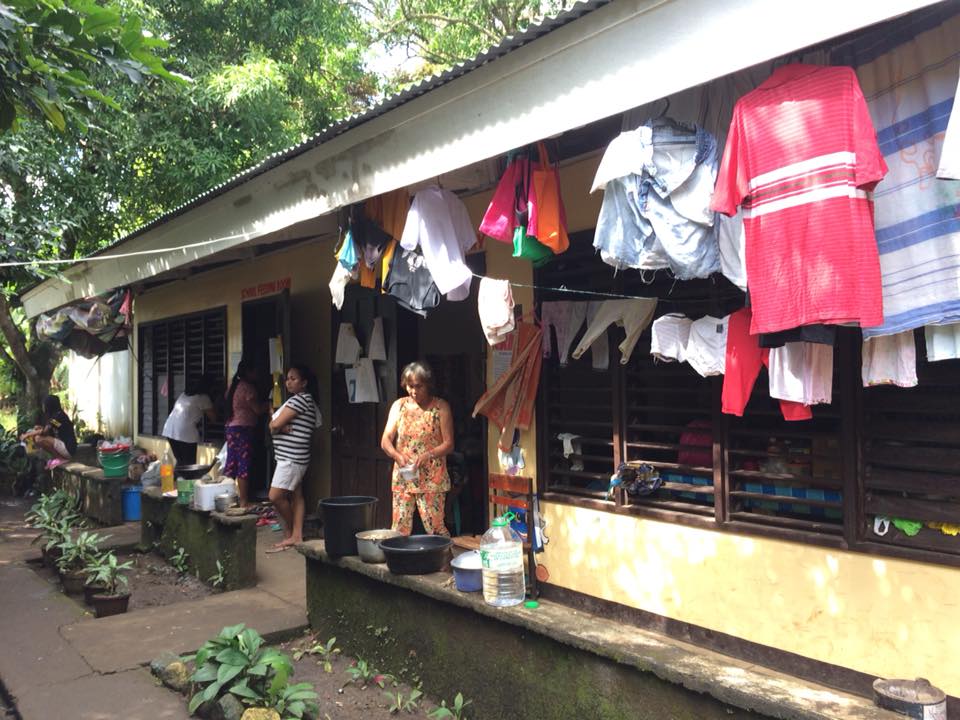
- The PDRRMC reported an estimate of Php131,270,466.00in damages in the agricultural sector (agriculture and fisheries: Php105,701,466.00, livestock and poultry: Php25,569,000.00) as lava and ash particles continue to funnel out of Mayon.
- According to the Department of Agriculture (DA) and Department of Agrarian Reform (DAR), at least 10,279farmers are affected. An average of Php20/kg increase in vegetable prices is noted in Legazpi Public Market despite the prize freeze imposed by the Department of Trade and Industry Bicol.
- On Jan. 23, authorities shut down schools and businesses in Albay province. As of Jan. 31, NDDRMC reported suspension of classes in 29cities/municipalities in the provinces of Albay and Camarines Sur, affecting a total of 49 schools, 49,420 students, and 1,059 DepEd personnel located within the 6-7 kilometer Permanent Danger Zone. For schools being used as evacuation centers, class hours are by shifts, and tents are being used as temporary classrooms.
- A total of 533 individuals are also reported suffering from different diseases, 290 of which are respiratory tract-related.
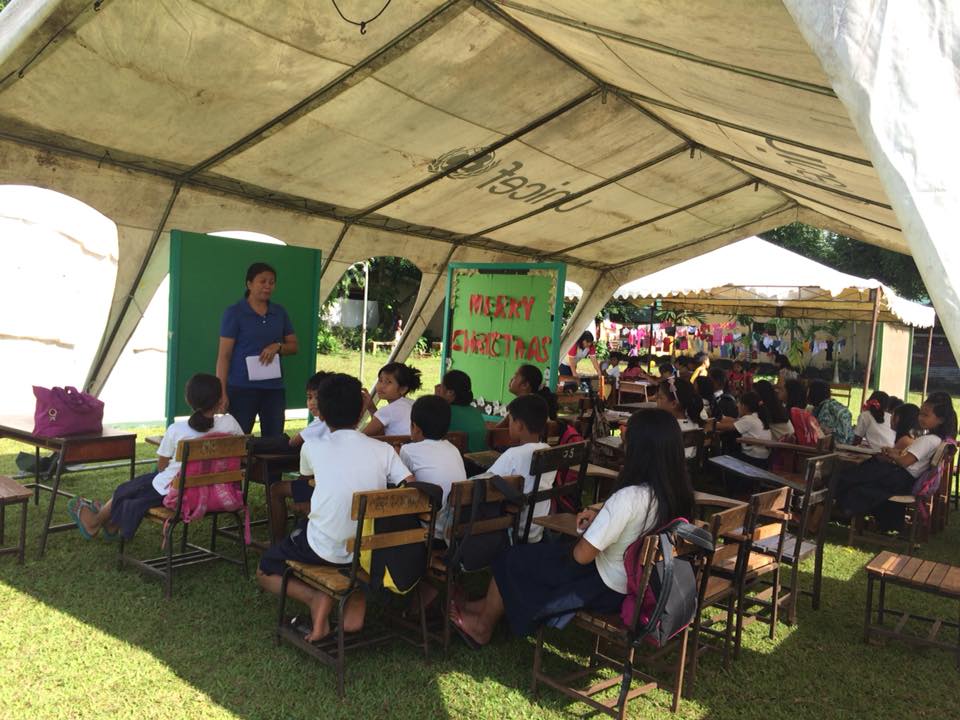
- Civil aviation authorities have closed airports in the cities of Legazpi and Naga and at the nearby island of Masbate, while small aircraft have been banned from flying near the volcano. NDRRMC reported cancellation of 11 international flights and 110 domestic flights.
- Some highways have also been closed, with ash showers making driving in some areas nearly impossible.
Summary of #DNCA results
#CDRC and TABI visited forty (40) evacuation centers in Albay for the damage, needs and capacities assessment (DNCA) of Mayon evacuees last January 27-29, 2018. A total of 38 enumerators were mobilized, most of which came from the Bicol Movement for Disaster Response (BMDR) and #Tulong Kabataan.

The teams used the DNCA tool of CDRC/CDRN (Citizens’ Disaster Response Network) for the field assessment and data consolidation.
Key informant interviews and direct observations were used by the teams as main data gathering methods.
Assessment results and recommendations
Four key priority areas were identified in the assessment:
| 1st Priority | Shelter: sleeping mats, blankets, privacy partitions, additional rooms |
| 2nd Priority | WaSH: hygiene kits, additional latrines |
| 3rd Priority | Food and Nutrition: rice, cooking oil, fresh food |
| 4th Priority | Livelihood: cash assistance |
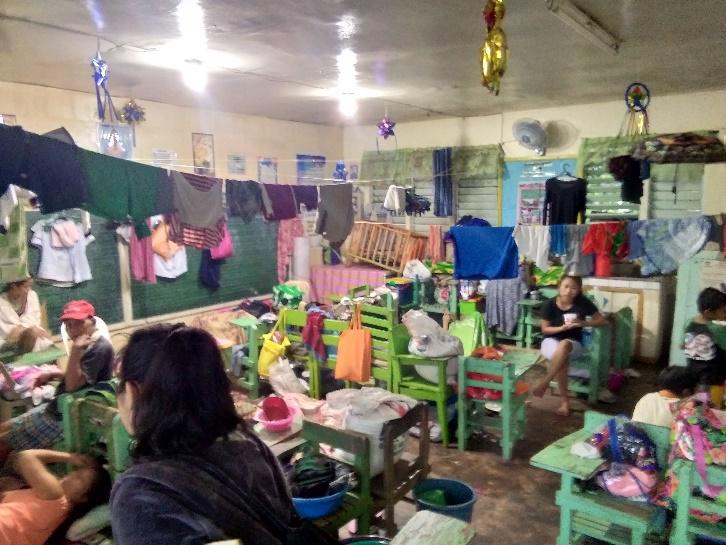
Shelter
Out of the 40 visited, 15 ECs identified mats, blankets, privacy partitions, and additional rooms as top priority needs. The evacuees complained that they have difficulty sleeping at night due to limited mats and blankets available (the concrete floor is too cold, especially for older people). They also pointed out the overcrowded and congested rooms – an average of 20 families per room or 60-70 individuals are cramped inside small classrooms. There are also no privacy partitions between families, raising issues of privacy and protection. Additional rooms or ECs are needed to ease congestion.

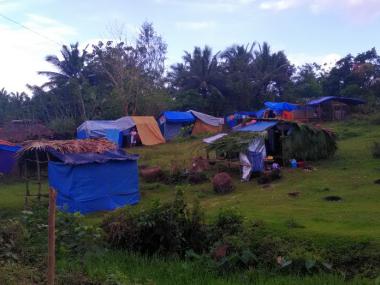
At the Bical Elementary School, some of the evacuees from Brgy Lidong preferred building their own makeshift homes rather than stay at overcrowded ECs. They constructed their own temporary shelters on the school grounds in order to have some privacy and better living conditions. They spend approximately Php1,500.00 from their own pockets to buy plastic sheeting, bamboo poles and nipa roof. However when it rains, they had to contend with the muddy fields. They also have limited access to the comfort rooms inside the schools.
The recommendations are:
- Provide non-food items (NFIs) such as mats, blankets, and privacy partitions in order to make the evacuation centers more habitable for the evacuees.
- Ease congestion by adding more rooms or ECs for the evacuees.
Evacuation centers where shelter is a priority:
| 1st Priority | 2nd Priority | 3rd Priority |
| 1. San Antonio ES | 1. Tabiguian ES | 1. Hindi ES |
| 2. San Antonio HS | 2. San Jose Elementary School | 2. San Jose High School |
| 3. Bantayan HS | 3. Bitano ES | 3. Albay Central School |
| 4. San Andres ES | 4. Gogon Central School | 4. Legazpi City HS |
| 5. Legazpi City HS | 5. Dita ES | 5. Orosite HS |
| 6. Em’s Bo ES | 6. Bascaran ES/HS/ Anislag HS | 6. Gabawan ES |
| 7. Bagumbayan Central School | 7. Taladong ES | 7. SK Hall /Budiao ES/ Anislag Relocation |
| 8. Gogon HS | 8. Lower Binogsacan High School | 8. Core Shelter houses in Daraga Resettlement Site |
| 9. Comun ES | 9. Anislag ES/ Villahermosa ES | |
| 10. Guinobatan East Elementary School | 10. Baligang ES | |
| 11. Lower Binogsacan ES | 11. Ligao City National Technical Vocational School | |
| 12. Guinobatan West Central School | ||
| 13. Libas ES/Brgy. Hall | ||
| 14. Mauraro HS (Site 2) | ||
| 15. AECID, Ligao West Central ES |
WaSH
Eleven (11) ECs identified hygiene kits (soap, toothpaste, shampoo, etc.), additional latrines, and water for domestic use as their second top priority. Most of the donations coming in are food packs, and very few agencies are donating hygiene kits for personal sanitation. The latrines and bathing facilities are also limited, with an even bigger ratio per beneficiary than that of the rooms. Most of the evacuees prefer to go back home just to do laundry because of the lack of laundry areas in the ECs. Water for domestic use is very limited, and the usual water source are hand pumps. Even the washing and bathing are done in the open area, usually beside the water sources. This raises protection issues, especially for women and girls. The provincial government delivers daily drinking water to the ECs, and is therefore not a major concern. There are very few ECs with designated cooking areas, forcing evacuees to prepare food along the corridors or outside the rooms, raising issues of safe and sanitary food preparation.
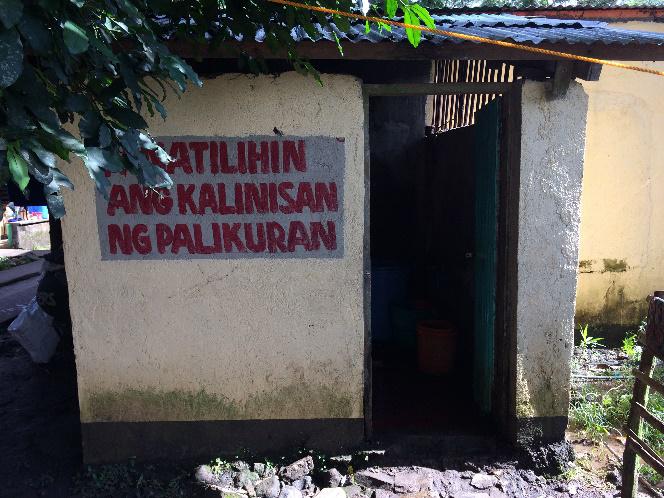
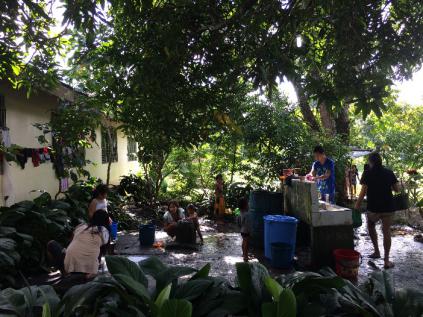
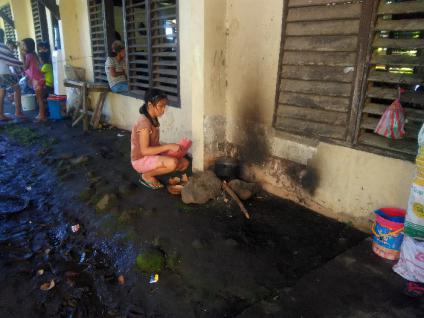
The recommendations are:
- Provide hygiene kits containing bath and laundry soap, toothpaste, toothbrush, sanitary napkin, shampoo, etc.
- Provide additional latrines, bathing facilities and laundry areas
- Provide water supply for domestic use
- Construct designated cooking areas per EC
Evacuation centers where WaSH is a priority:
| 1st Priority | 2nd Priority | 3rd Priority |
| 1. Tabaco National HS | 1. San Antonio ES | 1. Mayon ES |
| 2. TNWCS | 2. San Antonio HS | 2. San Jose Elementary School |
| 3. Tabiguian ES | 3. Bantayan HS | 3. San Andres ES |
| 4. Hindi ES | 4. Malilipot Central School | 4. Bitano ES |
| 5. San Jose High School | 5. Bical ES | 5. Gogon Central School |
| 6. Albay Central School | 6. San Andres ES | 6. Gogon HS |
| 7. Orosite HS | 7. Legazpi City HS | 7. Dita ES |
| 8. Anislag ES/ Villahermosa ES | 8. Em’s Bo ES | 8. Taladong ES |
| 9. Baligang ES | 9. Bagumbayan Central School | 9. Guinobatan East Elementary School |
| 10. Ligao City National Technical Vocational School | 10. Gabawan ES | 10. Lower Binogsacan ES |
| 11. Ligao West Central ES | 11. SK Hall /Budiao ES/ Anislag Relocation | 11. Guinobatan West Central School |
| 12. Core Shelter houses in Daraga Resettlement Site | 12. Libas ES/Brgy. Hal | |
| 13. Mauraro HS (Site 2) | ||
| 14. AECID, Ligao West Central ES |
Food and Nutrition
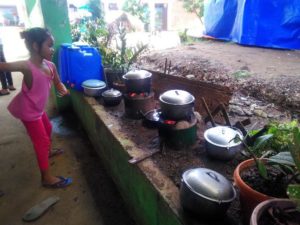
Food packs, containing rice, canned goods and noodles, are currently being provided by the government and other NGOs to the ECs. However, the evacuees are requesting variety in the donations that they receive, preferring fresh produce and other food items such as oil, coffee, sugar, salt, mung beans, etc. More nutritious food sources is also important for pregnant women, lactating mother, older people and children. If the displacement continues for more than a month, the evacuees fear that food supply will eventually dwindle. Augmentation from other sources is therefore going to be crucial in the subsequent weeks.
The recommendation:
- Provision of rice, cooking oil, fresh produce and other food items other than canned goods to augment the LGU support.
Evacuation centers where food and nutrition is a priority:
| 1st Priority | 2nd Priority | 3rd Priority |
| 1. Mayon ES | 1. Tabaco National HS | 1. San Antonio HS |
| 2. San Jose Elementary School | 2. TNWCS | 2. Tabiguian ES |
| 3. Bical ES | 3. Hindi ES | 3. Malilipot Central School |
| 4. Bitano ES | 4. San Jose High School | 4. Bagumbayan Central School |
| 5. Gogon Central School | 5. Albay Central School | |
| 6. Dita ES | 6. Gogon HS | |
| 7. Gabawan ES | 7. Orosite HS | |
| 8. SK Hall /Budiao ES/ Anislag Relocation | 8. Anislag ES/ Villahermosa ES | |
| 9. Core Shelter houses in Daraga Resettlement Site | 9. Baligang ES | |
| 10. Bascaran ES/HS/ Anislag HS | 10. Comun ES | |
| 11. Lower Binogsacan High School | 11. Guinobatan East Elementary School | |
| 12. Lower Binogsacan ES | ||
| 13. Guinobatan West Central School | ||
| 14. Libas ES/Brgy. Hal | ||
| 15. Mauraro HS (Site 2) | ||
| 16. Ligao City National Technical Vocational School | ||
| 17. Ligao West Central ES |
Livelihood
Many of the evacuees are farmers, and the evacuation has affected their source of income. To cope, the men tend to return to their farms or remain in their homes to look after their crops and livestock despite the risk. Those who have small sari-sari stores or small vending business has brought their livelihood activities to the evacuation centers. But others who have huge equipment or materials, and are unable to bring them to the ECs are suffering from the loss of income. Examples are the tricycle drivers with routes through the affected areas, abaca weavers with big equipment, etc. But with the projected prolonged evacuation, they will need additional livelihood assistance. Some of the women raised the need for financial support to be able to continue to send their children to school and for their other household expenses.
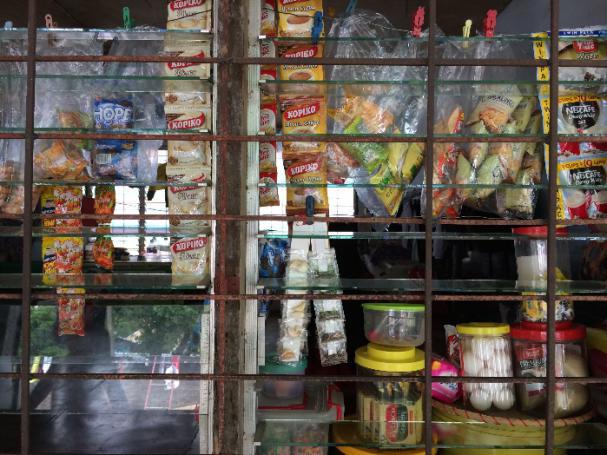
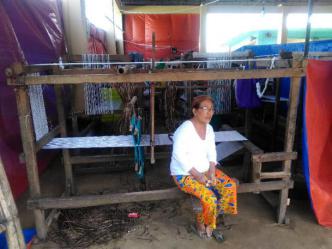
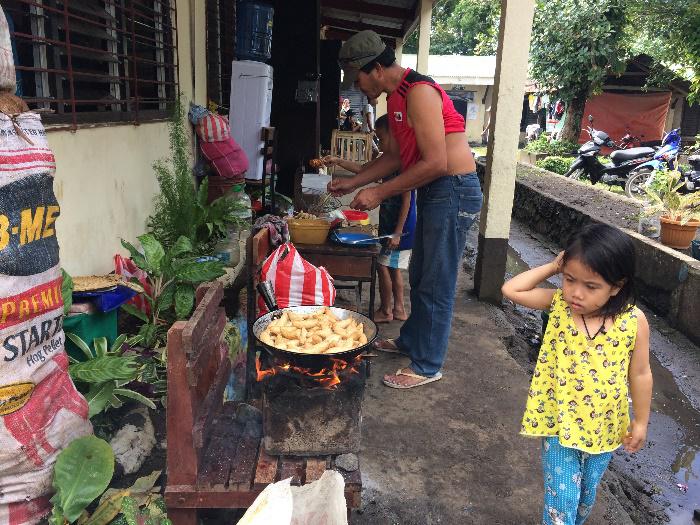
The recommendations are:
- Provision of alternative sources of income while at the ECs
- Multi-purpose cash assistance
- Provision of agricultural inputs such as seeds
Evacuation centers where Livelihood is a priority:
| 1st Priority | 2nd Priority | 3rd Priority |
| 1. Malilipot Central School | 1. Mayon ES | 1. Tabaco National HS |
| 2. Taladong ES | 2. TNWCS | |
| 3. San Antonio ES | ||
| 4. Bantayan HS | ||
| 5. Bical ES | ||
| 6. Em’s Bo ES | ||
| 7. Core Shelter houses in Daraga Resettlement Site | ||
| 8. Bascaran ES/HS/ Anislag HS | ||
| 9. Comun ES | ||
| 10. Lower Binogsacan High School | ||
| 11. Ligao West Central ES |
TABI and CDRC response
- Conduct of rapid assessment
- Distribution of plastic sheets. The plastic sheets wereused as temporary roof cover and partitions for privacy at Taladong Elementary School and Comon Elementary School in Camalig, Albay. Plastic sheets are from the Asia-Pacific Alliance for Disaster Management (#A-PAD).
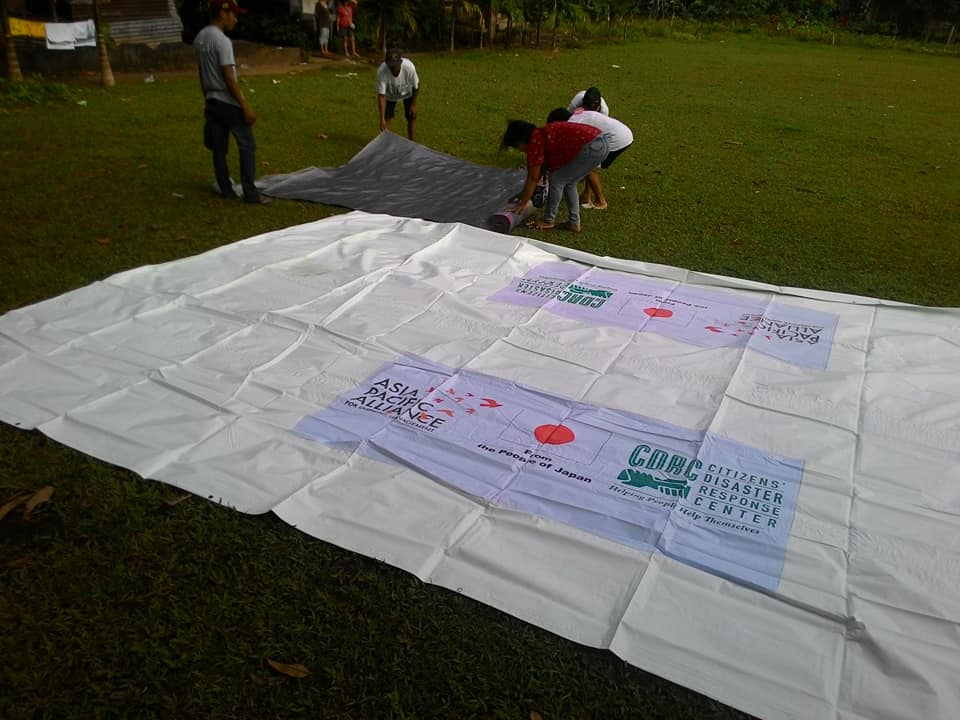
- Hot Meals Delivery.More than a thousand Mayon evacuees were served macaroni soup and arroz caldo at Taladong Elementary School and Daraga Resettlement Site.
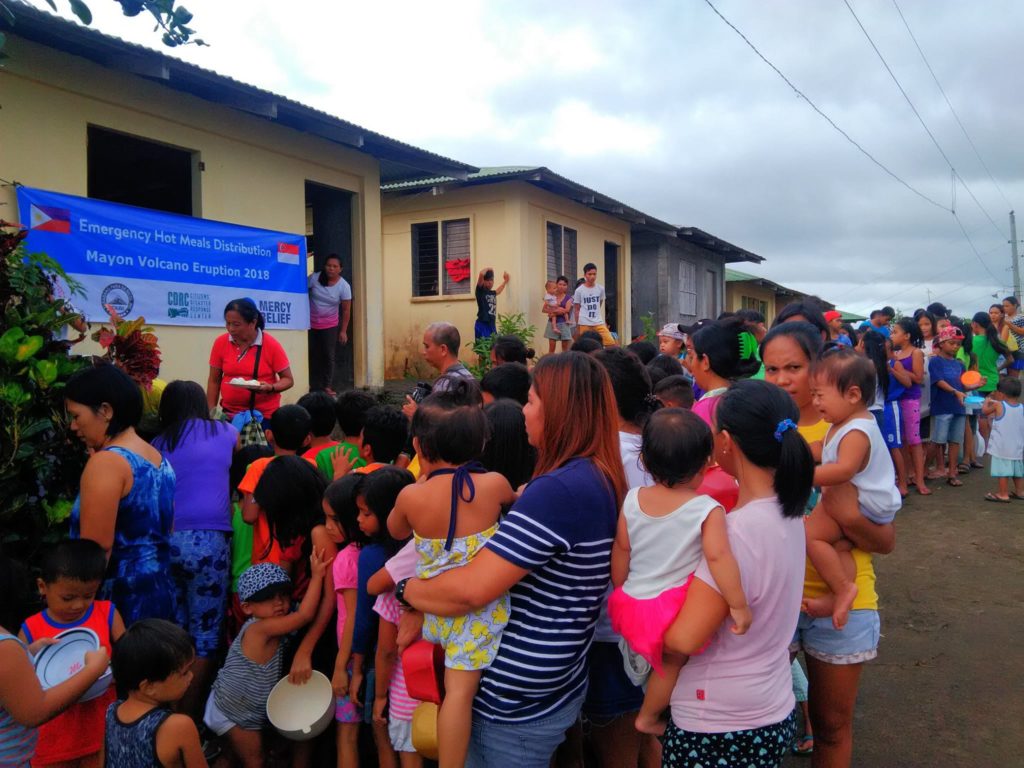
Citizens’ Disaster Response Center
- Partnership with private sector. #A-PAD Metro Naga, composed of local business sector, academe, media and religious sectors has started its fund raising for Mayon.
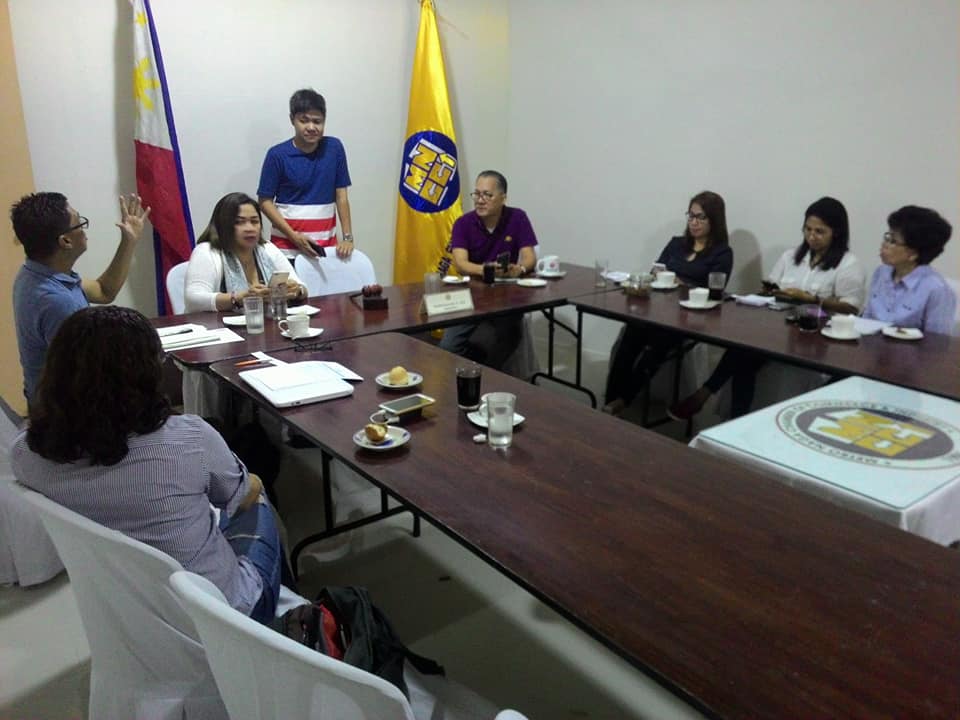
- Collaboration with the business sector(A-PAD Metro Naga), government (barangay officials of Sua and Tumpa in Camalig), international partner (Mercy Relief), and community (DPC) for a more organized and efficient hot meals delivery in Comun Elementary School in Camalig, Albay.
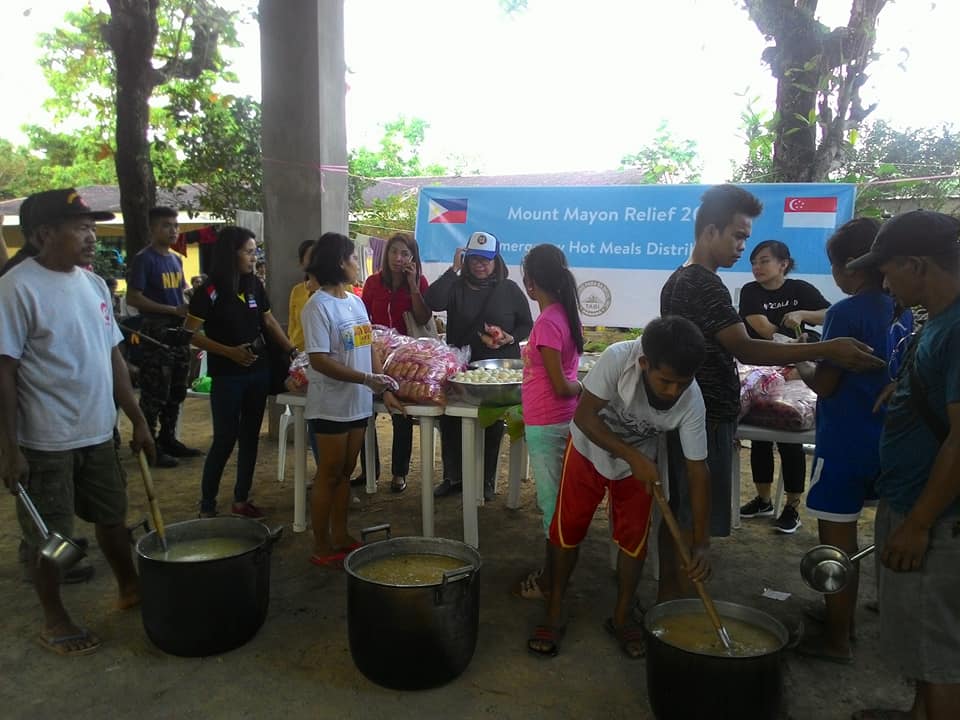
- Distribution of hygiene kits. A total of 258 families fromBarangay Upper Cabangan benefited from this activity.
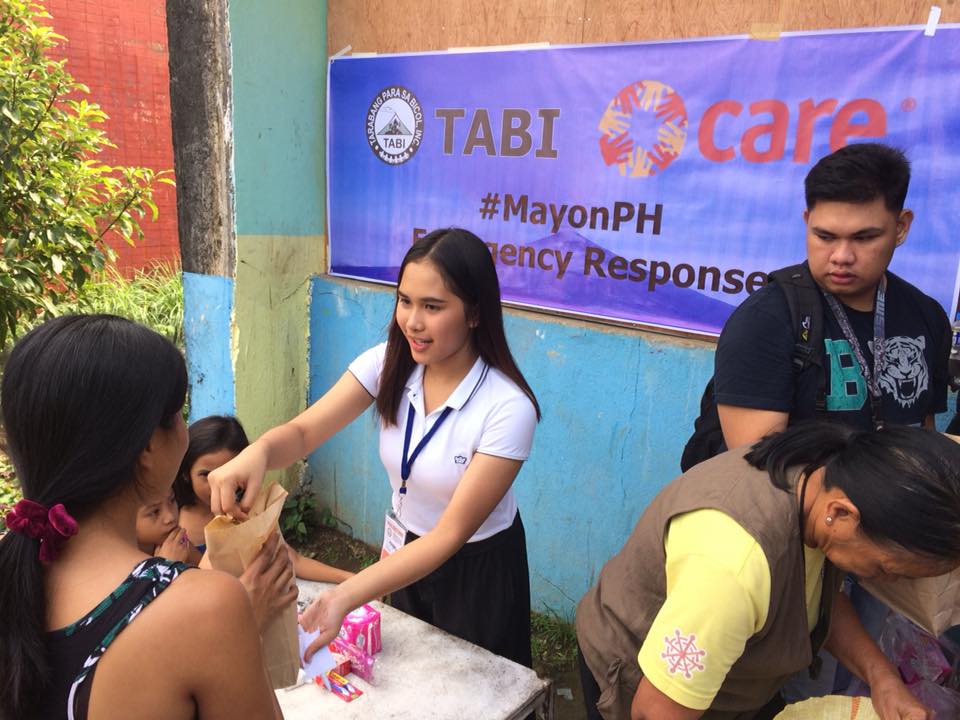
- Continuous damage, needs, capacities assessment (DNCA)in coordination with UN agencies, international NGOs, government agencies and other local civil society organizations (CSOs)
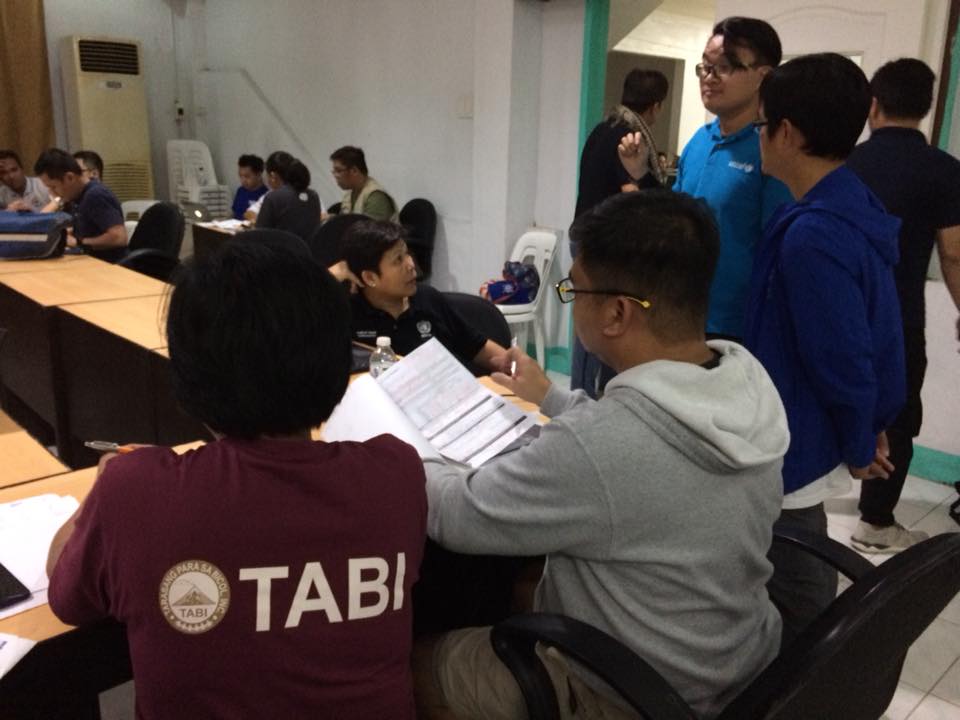
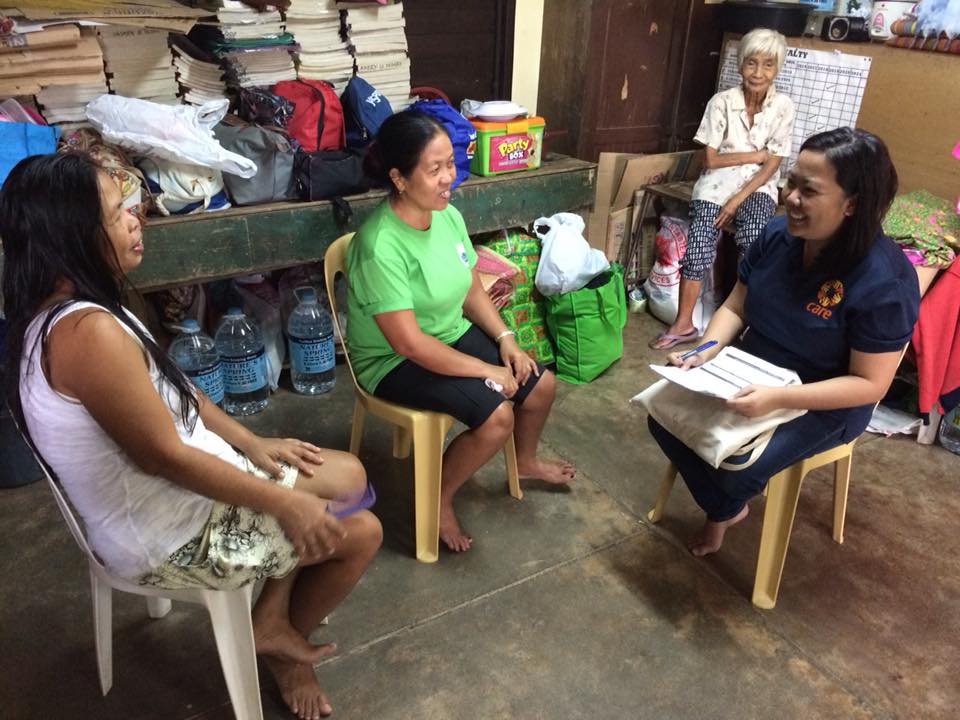
- Call for donations
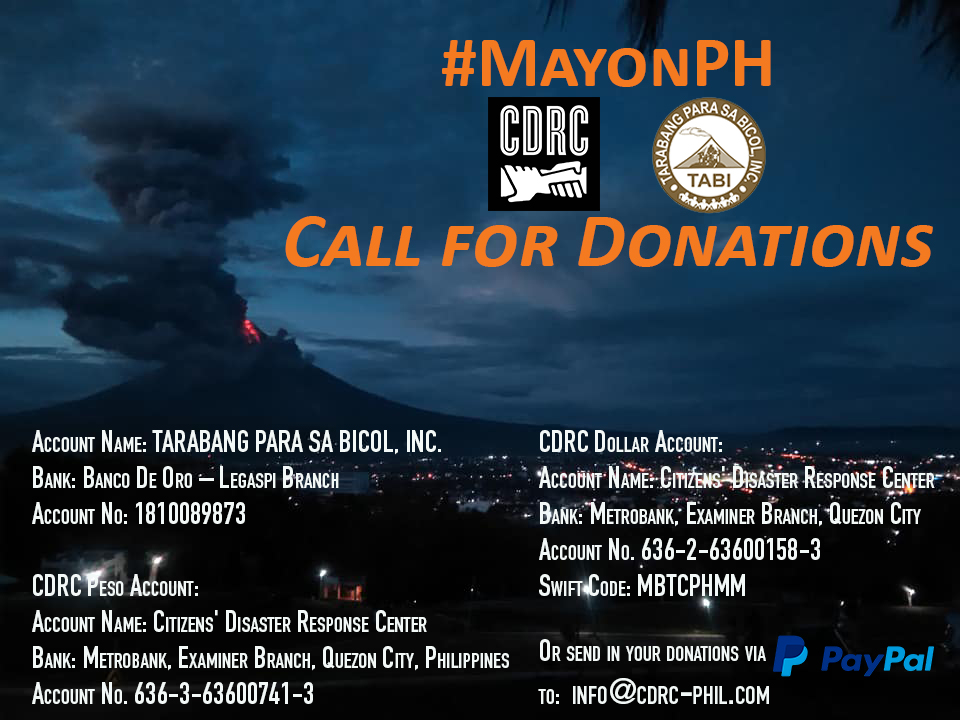
References:
- NDRRMC Situational Report
- DROMIC Situational Report
- TABI and CDRC rapid assessment results
- CDRC call for donations
See PDF file: Mayon Volcano Sit Rep 3
See also: TABI-CDRC DNCA result

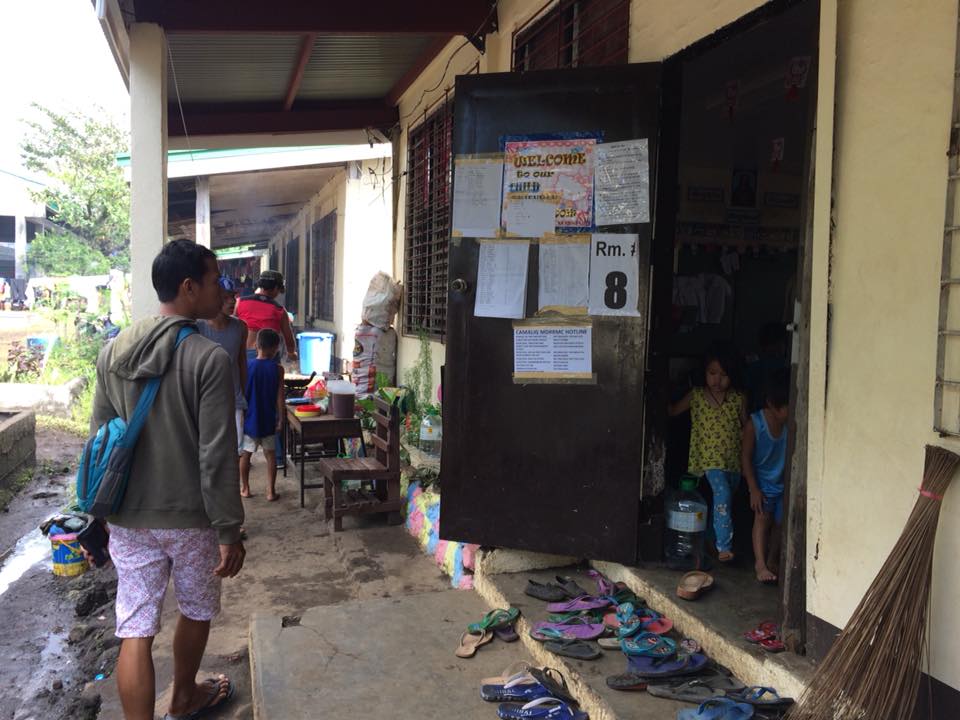
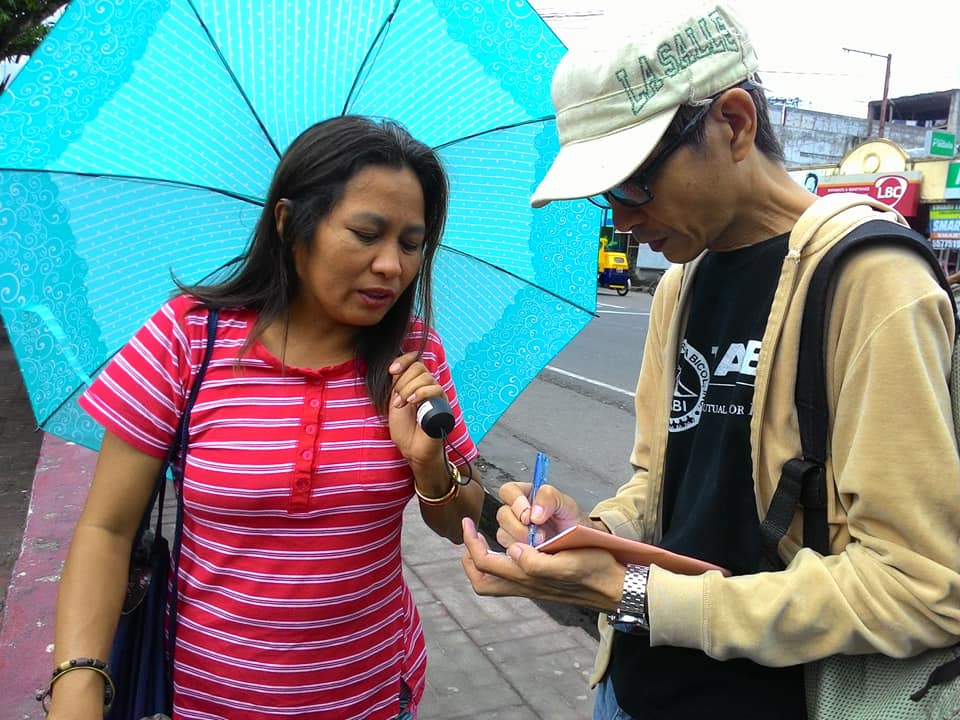
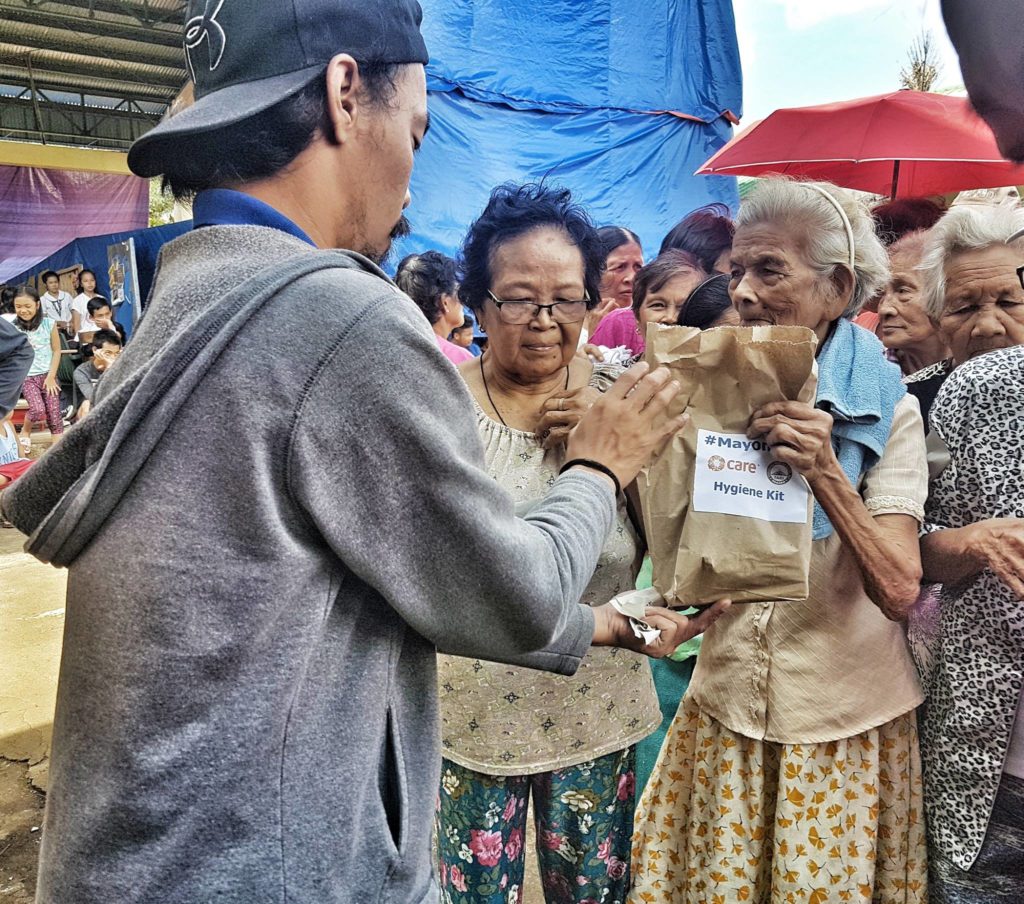
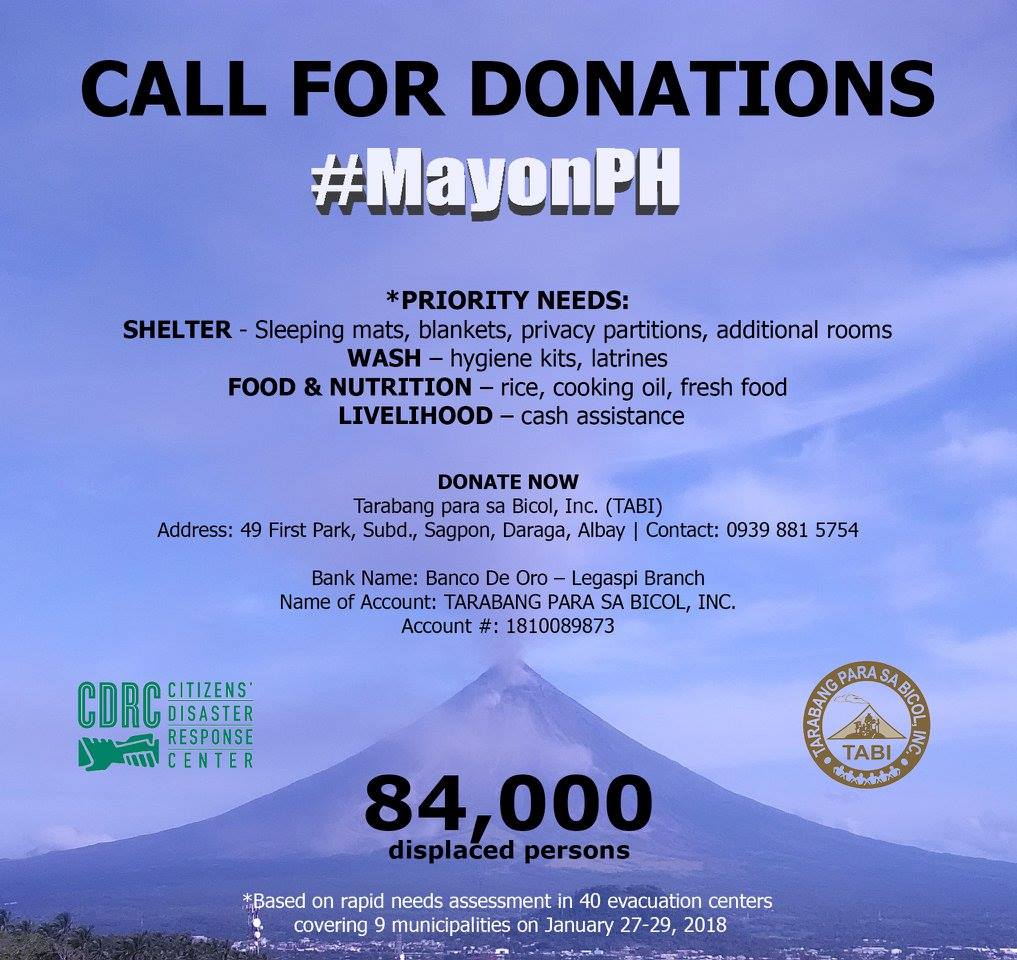
Leave a Reply